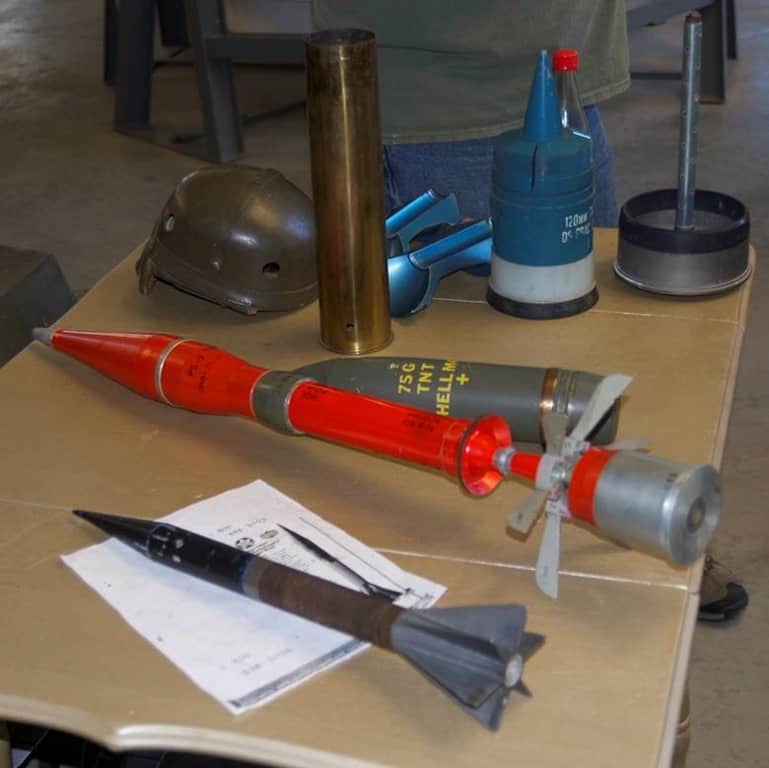The Federal Circuit has vacated and remanded a district court’s ruling of noninfringement because of erroneous claim construction that would leave the dependent claims of a patent with no scope.
In Littelfuse, Inc. v. Mersen USA EP Corp, Littelfuse alleged that Mersen infringed U.S. Patent No. 9,564,281.
The patent is directed to a “fuse end cap for providing an electrical connection between a fuse and an electrical conductor.”
As the court noted,
Each of the embodiments of a fuse end cap disclosed in the specification comprises a “mounting cuff” that receives the body of a fuse and a “terminal” that receives an electrical conductor. The specification first describes a generic embodiment of the fuse end cap. … The specification then describes three embodiments: a “machined end cap,”…; a “stamped end cap,”…; and an “assembled end cap,”
According to the specification,
the machined end cap may be manufactured from a “single piece of any suitable, electrically conductive material” and may be created by “machining, cold heading, or otherwise forming” the features of the fuse end cap through the use of a machining tool. …The stamped end cap may also be formed from a “single piece of any suitable, electrically conductive material” and may be created by stamping a single piece of conductive material. ….. That is, the stamped end cap may be created by “bending, folding, and pressing a sheet of conductive material.”
The third embodiment, the assembled end cap, is formed
“from two separate pieces of any suitable, electrically conductive material.” …In that embodiment, the terminal and the mounting cuff are formed from separate pieces of material. … The terminal and mounting cuff are then “joined together, such as by press-fitting [a] fastening stem of the mounting cuff into the cavity of the terminal” or by using “a variety of other fastening means, including . . . various adhesives, various mechanical fasteners, or welding.”
During the prosecution of the patent, as the court noted,
the examiner issued a restriction requirement, noting that each of the three embodiments disclosed in the specification represented a distinct species. Littelfuse responded by electing to prosecute the species corresponding to the “assembled end cap” embodiment.
The patent examiner then withdrew certain dependent claims directed to the “machined end cap” and “stamped end cap” embodiments. Under the Manual of Patent Examining Procedure (MPEP) § 821.04, those dependent claims were subject to reinstatement if a generic claim was found to be allowable.
The district court accepted Mersen’s claim construction that the fuse end cap were a multi-piece apparatus.
However, the Federal Court disagreed, finding that the cap could also be a single-piece construction because the dependent claims recited a single-piece apparatus.
By definition, said the court,
an independent claim is broader than a claim that depends on it, so if a dependent claim reads on a particular embodiment of the claimed invention, the corresponding independent claim must cover that embodiment as well. … Otherwise, the dependent claims would have no scope and thus be meaningless. A claim construction that leads to that result is generally disfavored.
However, the court noted,
the presumption of differentiation in claim scope is “not a hard and fast rule.” … Indeed, “any presumption created by the doctrine of claim differentiation ‘will be overcome by a contrary construction dictated by the written description or prosecution history.’”
But in this case, said the court,
Littelfuse’s construction is supported by the specification. Furthermore, Mersen’s construction would not merely render the dependent claims superfluous but would mean that those claims would have no scope at all, a result that should be avoided when possible.
Just like the haiku above, we like to keep our posts short and sweet. Hopefully, you found this bite-sized information helpful. If you would like more information, please do not hesitate to contact us here.


